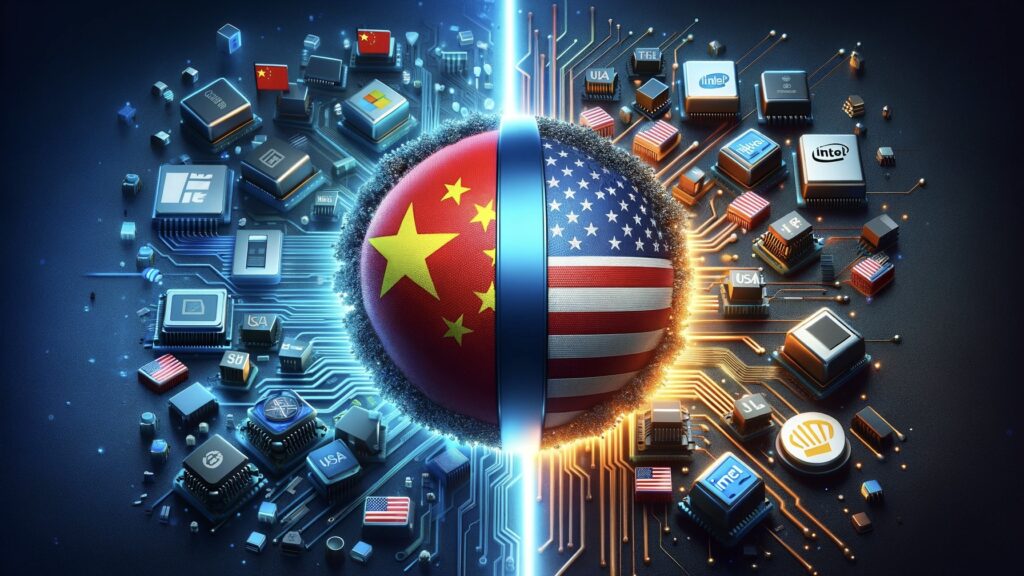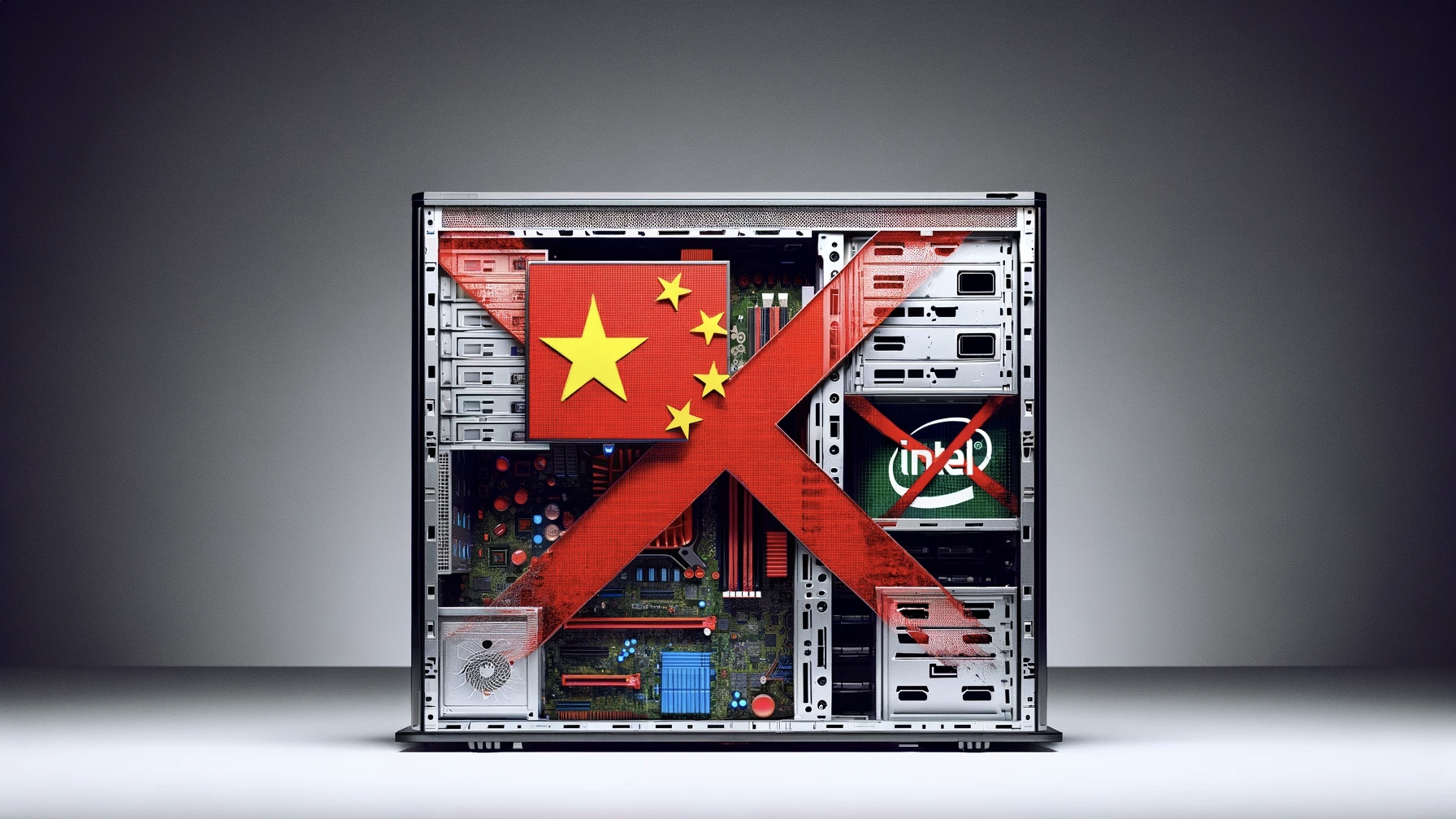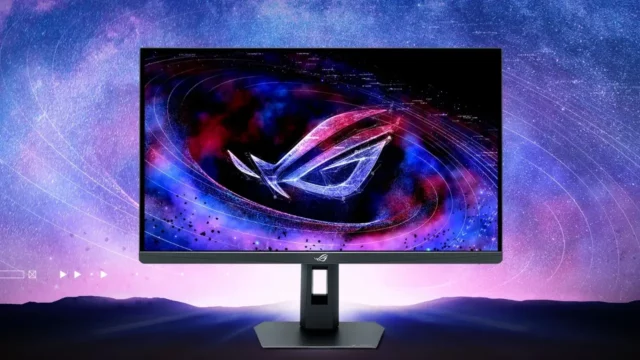The Chinese government plans to gradually phase out foreign technology from the country’s computer systems. China aims to end the use of US-made Intel and AMD microprocessors and remove Microsoft’s Windows operating system, as well as foreign-made database software, from computers.
China says no to Microsoft, Intel, and AMD in computers
Chinese officials have begun demanding that institutions above the town level include criteria for “secure and reliable” processors and operating systems in their procurements. This move by China coincides with steps taken by the US to increase its technological independence.

US President Joe Biden, in a speech at the Intel Ocotillo Campus, announced that Intel Corp. will receive $8.5 billion in federal funds under the CHIPS Act for semiconductor production in Arizona. This step is part of the US’s effort to reduce its dependency on China and Taiwan and increase semiconductor production in its own country.
These developments signal significant changes in the global technology sector. China’s decision to remove foreign technology from its systems and the US’s efforts to boost its semiconductor production capacity indicate both countries are starting to follow a more independent technological path.
This situation could have major impacts on global technology supply chains and policies. China’s plan to remove US-made technologies like Microsoft and Intel from its computer systems, and the US’s efforts to increase semiconductor production, indicate both countries are moving towards more inward-looking technology policies.

These developments could lead to significant changes in global technology supply chains and political balances, marking the beginning of an era where both countries aim to strengthen their technological independence and local capacities.
What do you think about China’s decision? Is it a part of becoming a superpower? Share your thoughts in the comments section below.














